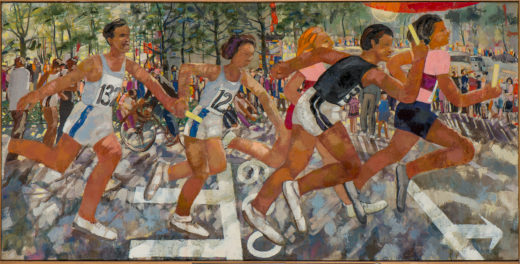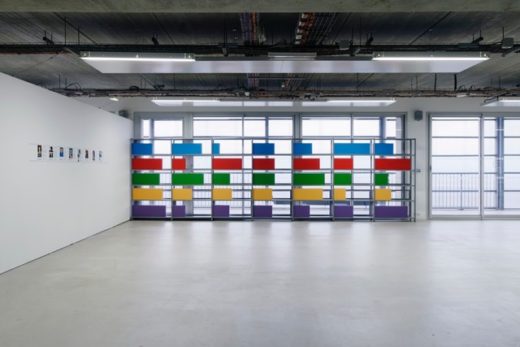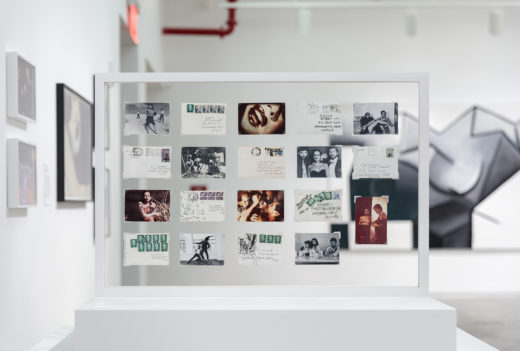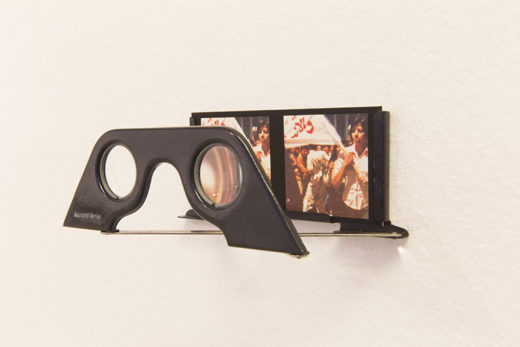Toward a Concrete Utopia: Architecture in Yugoslavia, 1948-1980
Toward a Concrete Utopia: Architecture in Yugoslavia, 1948-1980, Museum of Modern Art, New York, July 15, 2018 –January, 13 2019
New York’s Museum of Modern Art (MoMA) recently provided a stage for a vital – and very much on-trend – examination of the brutalist, socialist architecture of the former Yugoslavia, exhibited under the title Toward a Concrete Utopia: Architecture in Yugoslavia, 1948-1980. Structured around a set of thematic and biographical sequences, this momentous survey of socialist architecture brought together more than 400 drawings, models, photographs and video installations from a wide range of private and institutional archives across the former … Read more

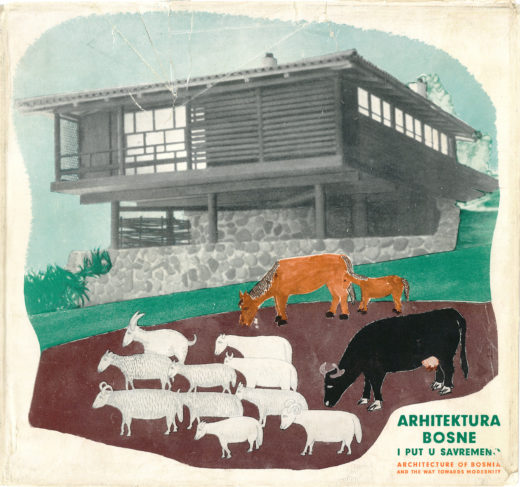
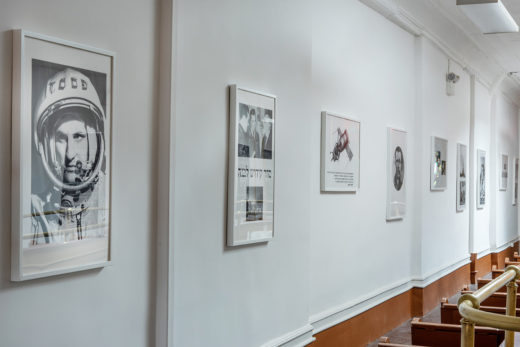
![Vlado Jakolić, Photograph from Izložba žena i muškaraca [Exhibition of Women and Men], June 26, 1969, Galerija Studentskog centra, Zagreb. Image courtesy of Arhiv za likovnke umjetnosti HAZU, Zagreb, Inv. no.: SC-46/F1.](https://artmargins.com/wp-content/uploads/2019/02/ARTM-Ilic_f02-520x358.jpg)
